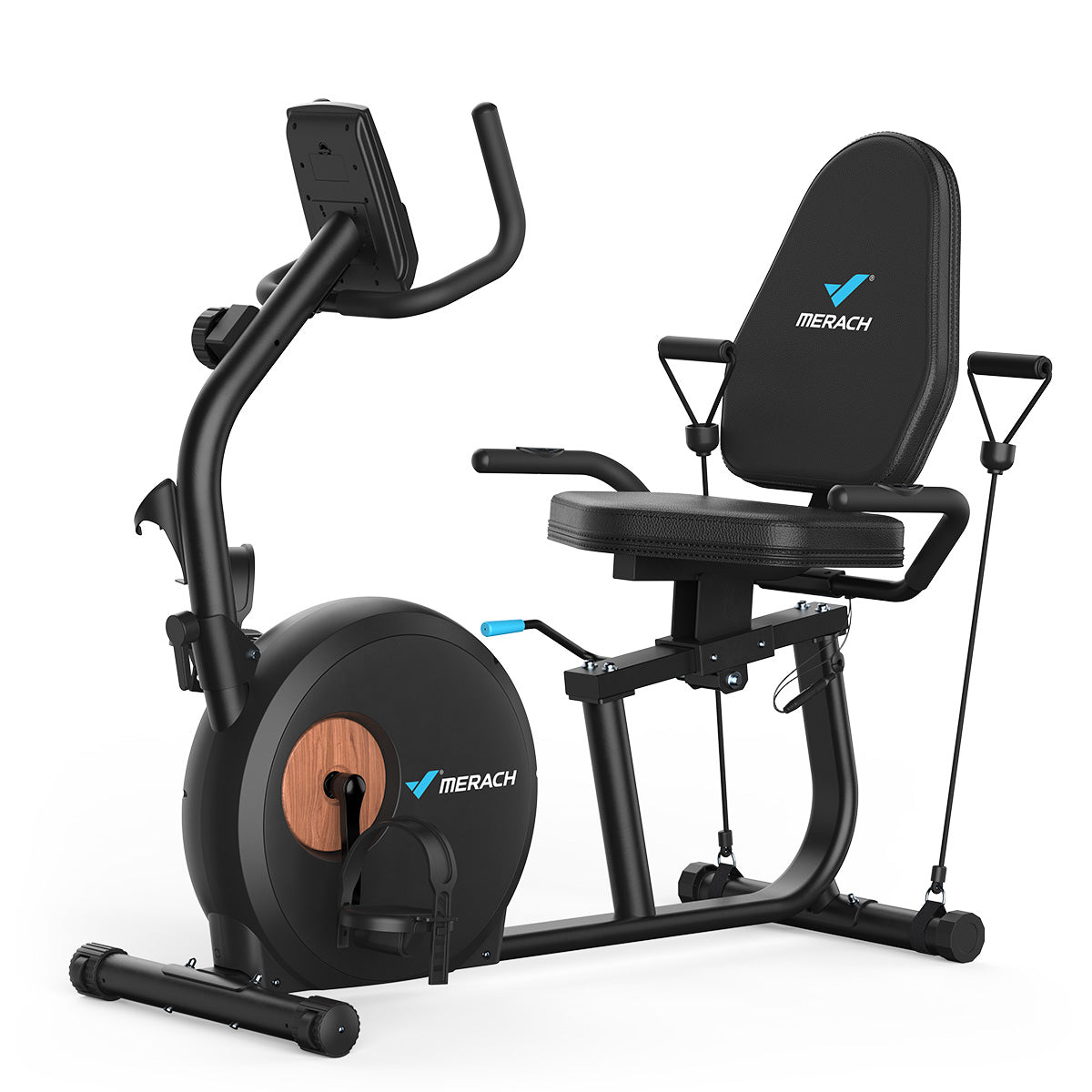Global Trends in Trauma Implant Design: What Different Markets Prefer

Trauma implants are medical devices that support the healing process of fractured bones. These implants are crucial in orthopedic surgery, providing stability and alignment to broken bones and facilitating proper healing. Understanding its basics involves familiarizing oneself with various types, such as plates, screws, rods, and pins, each designed for specific fracture types and locations. The primary goal of these devices is to ensure effective fracture fixation, allowing patients to regain mobility and function as quickly as possible.
Choosing a reliable trauma implants manufacturer is essential for ensuring high-quality products that meet stringent medical standards. Manufacturers focus on producing durable and biocompatible materials that can withstand the stresses placed on them by the human body during movement. They also invest in research and development to innovate designs that improve patient outcomes and reduce recovery times.
Orthopedic implants manufacturers play a pivotal role in advancing surgical techniques through their product offerings. By collaborating with surgeons and healthcare professionals, these manufacturers continuously enhance implant designs to serve diverse patient needs better. Their efforts improve trauma care and various orthopedic applications where precision and reliability are paramount for successful treatment outcomes.
Role of Cultural and Economic Factors
When it comes to implant design preferences, cultural and economic factors play a significant role in shaping the decisions of both manufacturers and consumers. Cultural factors in medical device design are pivotal as they influence patient expectations and acceptance levels. For instance, certain cultures may prioritize minimally invasive procedures due to traditional beliefs about the body, which can drive demand for specific types of implants that align with these values.
On the economic front, the impact on healthcare choices is profound. Regional healthcare economics often dictate what is feasible for healthcare providers and patients. In regions with limited financial resources, cost-effective solutions are paramount, guiding manufacturers to innovate within budget constraints while maintaining efficacy. Conversely, areas with robust economic frameworks might see a preference for cutting-edge technologies that promise enhanced outcomes despite higher costs.
Understanding these dynamics is crucial for stakeholders in the medical device industry as they navigate global markets. By considering cultural nuances and regional economic conditions, companies can tailor their products to meet local demands better, improving patient care and expanding market reach.
Material Choices for Implants
When selecting materials for medical implants, the choice is crucial as it directly impacts the success and longevity of the procedure. Across different regions, trends in implant materials reflect a combination of technological advancements, regulatory standards, and cultural preferences.
Titanium Implants: Titanium remains a popular choice globally due to its excellent biocompatibility and strength-to-weight ratio. Its ability to integrate well with bone makes titanium implants ideal for orthopedic and dental applications. In North America and Europe, titanium’s reliability drives its widespread use.
Stainless Steel Implants: Stainless steel implants are another common option, particularly in regions where cost-effectiveness is a priority. While not as corrosion-resistant as titanium, stainless steel offers sufficient durability for certain types of implants, such as temporary fixation devices.
Biodegradable Implants: In recent years, biodegradable implants have gained traction in Asia and Europe. These materials are designed to gradually dissolve within the body after fulfilling their purpose, minimizing long-term complications associated with permanent implants. Biodegradable options are especially appealing in pediatric cases or scenarios requiring temporary support structures.
Each region’s preference balances material properties—strength, compatibility, longevity—and local healthcare priorities. As research progresses and new materials emerge, these trends will likely evolve to meet diverse medical needs worldwide.
Design Variations to Meet Regional Differences
Understanding regional anatomical variations is crucial in the development of effective orthopedic solutions. Anatomy-specific implant design addresses these differences, ensuring that implants fit more precisely and function optimally within diverse patient populations. Custom orthopedic solutions are increasingly being developed to meet the specific needs of individuals, taking into account variations in bone structure, density, and size that can differ significantly across regions.
These customized approaches enhance the fit and stability of implants and improve surgical outcomes by reducing complications such as implant loosening or misalignment. By focusing on anatomy-specific designs, manufacturers can create implants that cater to the unique physiological characteristics found in different populations. This tailored approach enhances patient comfort and supports faster recovery times and better overall success rates for orthopedic procedures.
Incorporating regional anatomical variations into implant design requires a deep understanding of global and local anatomical data. Advances in imaging technology and data analysis have made it possible to gather detailed insights into these differences, enabling designers to craft truly personalized solutions. As this field continues to evolve, we can expect even more sophisticated custom orthopedic solutions to revolutionize patient further care across diverse demographics.
Influence of Regulatory Bodies
The influence of regulatory bodies on implant design standards is a critical factor in ensuring the safety and efficacy of medical devices worldwide. These regulations are implemented to protect patients and maintain high-quality standards across the industry.
In the United States, the FDA approval process for implants is a rigorous procedure that involves multiple stages, including premarket approval (PMA) or 510(k) clearance, depending on the risk classification of the device. This process requires manufacturers to provide substantial evidence demonstrating that their products are safe and effective for their intended use.
Similarly, in Europe, CE marking for medical devices signifies compliance with EU safety, health, and environmental protection requirements. This certification allows products to be sold within the European Economic Area (EEA). Manufacturers must conduct a conformity assessment, often involving clinical evaluations and risk management processes, to obtain CE marking.
Both regulatory frameworks aim to ensure that medical implants meet stringent design standards before they reach patients. By adhering to these regulations, manufacturers can gain market access and build trust with healthcare professionals and end-users by demonstrating their commitment to quality and safety. As global markets evolve, staying informed about these regulatory processes becomes increasingly important for all medical device development and distribution stakeholders.





